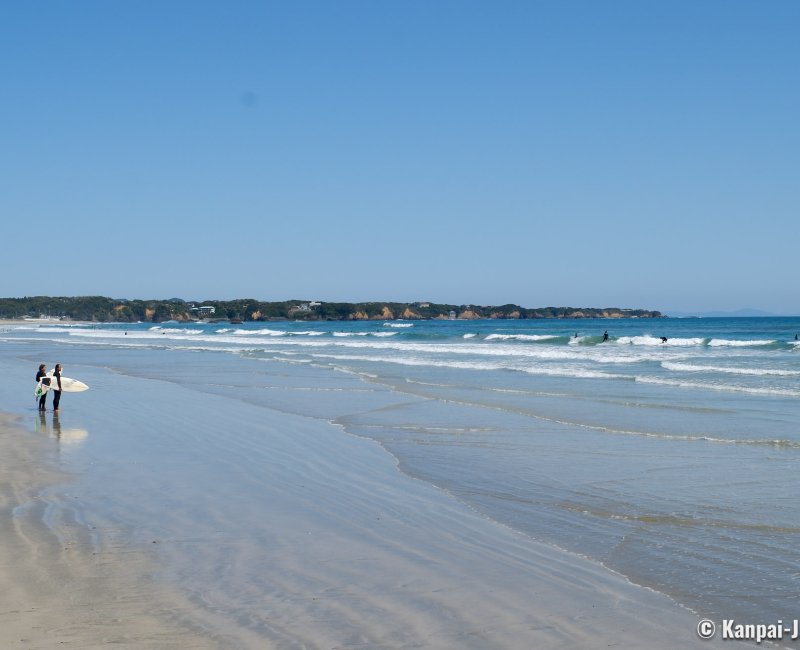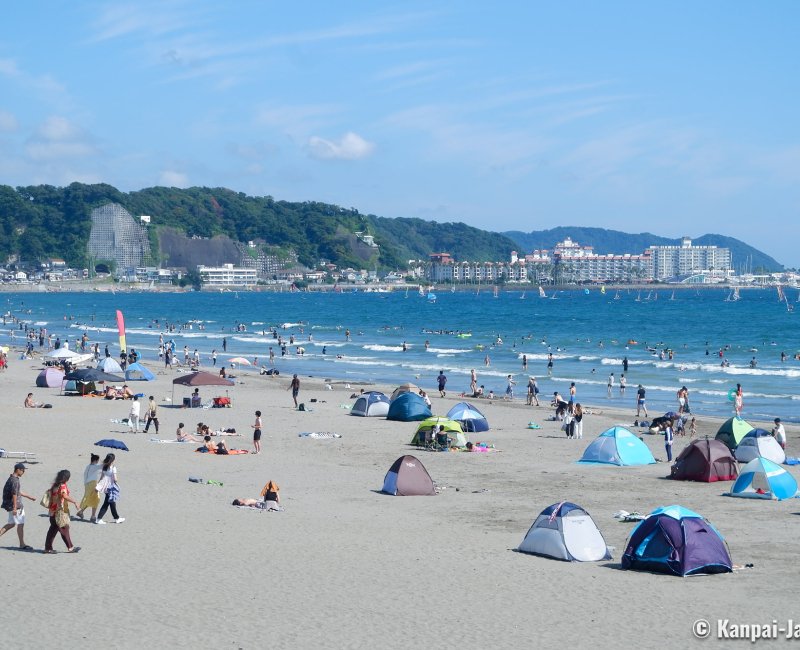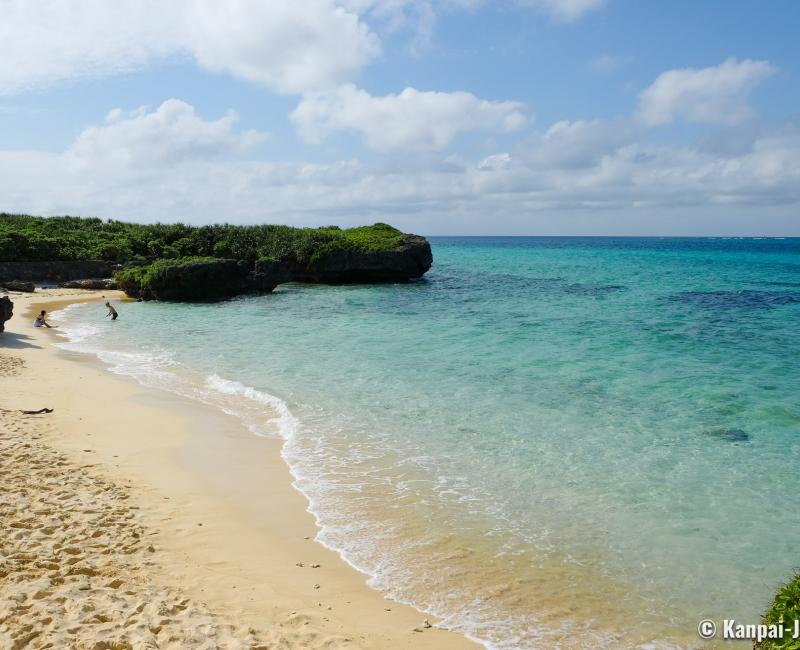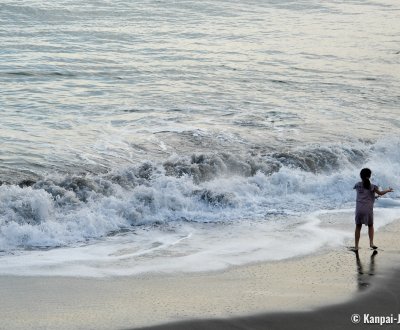Umi no Hi
🌊 Marine Day in Japan
Umi no Hi is a Japanese bank holiday on the 3rd Monday in July celebrating seas and oceans. First established in the 1990s, it provide Japanese workers with a long weekend of rest in summer while paying homage to one of the key-components of the archipelago.
Marine Day (海の日, Umi no Hi), also called "Ocean Day" or "Sea Day" was established in 1996. Its initial date used to be July 20th, but it was moved to the 3rd Monday in July in 2003 according to the Happy Monday System, a policy of the Japanese government. Umi no Hi is one of the 4 bank holidays that have been set on a Monday so as to provide people working in Japan with the benefit of additional resting days.

Umi no Hi: a newly established holiday
Umi no Hi’s initial date, July 20th, formerly named Umi no Kinenbi (Marine Memorial Day) was chosen in 1941 to remember the day Meiji Emperor arrived in Yokohama after a tour of Northern Japan, in the Tohoku area and up to Hakodate, on the Meiji-maru sailing ship (which is nowadays exhibited in Koto Ward’s Tokyo University of Marine Science and Technology Etchujima Campus).
While celebrating the sea and the oceans generally speaking, this day is also intended to express the Japanese people’s gratitude for the oceans surrounding the country and hope for the archipelago’s prosperity. As a matter of fact, Japan’s development greatly benefited from its location at the boundaries of the following seas and oceans:
- The Pacific Ocean in the east;
- The Philippines Sea in the south of Okinawa;
- The eastern China Sea between Okinawa and Kyushu;
- The Sea of Japan that lies between continental Asia and Honshu; and,
- The Sea of Okhotsk closing the north of Hokkaido.
The Seto Inland Sea is also enclosed between Shikoku and Honshu.
According to the Japanese Ministry of Land, Infrastructures, Transport and Tourism, Japan is the only country in the world to have dedicated a holiday to the oceans.

How is Umi no Hi celebrated?
Tsuyu ☔️, the rainy season, usually ends around mid-July, so Umi no Hi is placed in such a way that it creates a long 3-days weekend foreboding the Japanese summer holidays, lasting from the end of July to the end of August.
As this tradition is still new, very few matsuri festivals are dedicated to Umi no Hi. However, the following can be cited:
- Sumiyoshi Matsuri at Sumiyoshi Taisha great shrine in Osaka: Umi no Hi is the starting day for its yearly festival, named Oharai (the great purification) locally. The core of the celebration then take place for 3 days, from July 30 to August 01rst;
- A Kagura dance performance is staged on the morning at Shikoku’s Kotohira-gu Kompira-san shrine; and,
- A party day is held at the Nagoya Port Festival since 1946: music performances, float processions and traditional dance groups parade successively starting in the afternoon in the port of Nagoya, and the day ends with a great firework.
The Japanese take the opportunity of a day off to relax at the beach 🏖, as the bathing season is in full swing since its inauguration by an official Umi Biraki (海開き, literally "opening of the sea") ceremony. The season spans approximately 2 months during which swimming is supervised at the beach, and restaurants and leisure equipment are set up. Swimming is a staple, but one can also do nautical sports such as sea kayak, surfing, etc.

Where to go the beach in Japan?
The Japanese archipelago is also renowned for its many and beautiful beaches, especially at the following destinations:
- Seaside towns like Kamakura and Zushi (Miura Peninsula), as well as Chiba prefecture’s coasts near Tokyo;
- Izu and Ise-Shima peninsulas;
- The south of Wakayama prefecture, near Osaka;
- Amanohashidate in Kyoto prefecture; and, naturally,
- Okinawa, the sub-tropical archipelago, especially Miyako-jima.
Thus, celebrations of Marine Day are numerous and vary locally, especially at seaside resorts or aquatic parks for example. They may include beach cleaning events or environmental actions related to the oceans, aquatic activities experiences and even fireworks 🎆.

